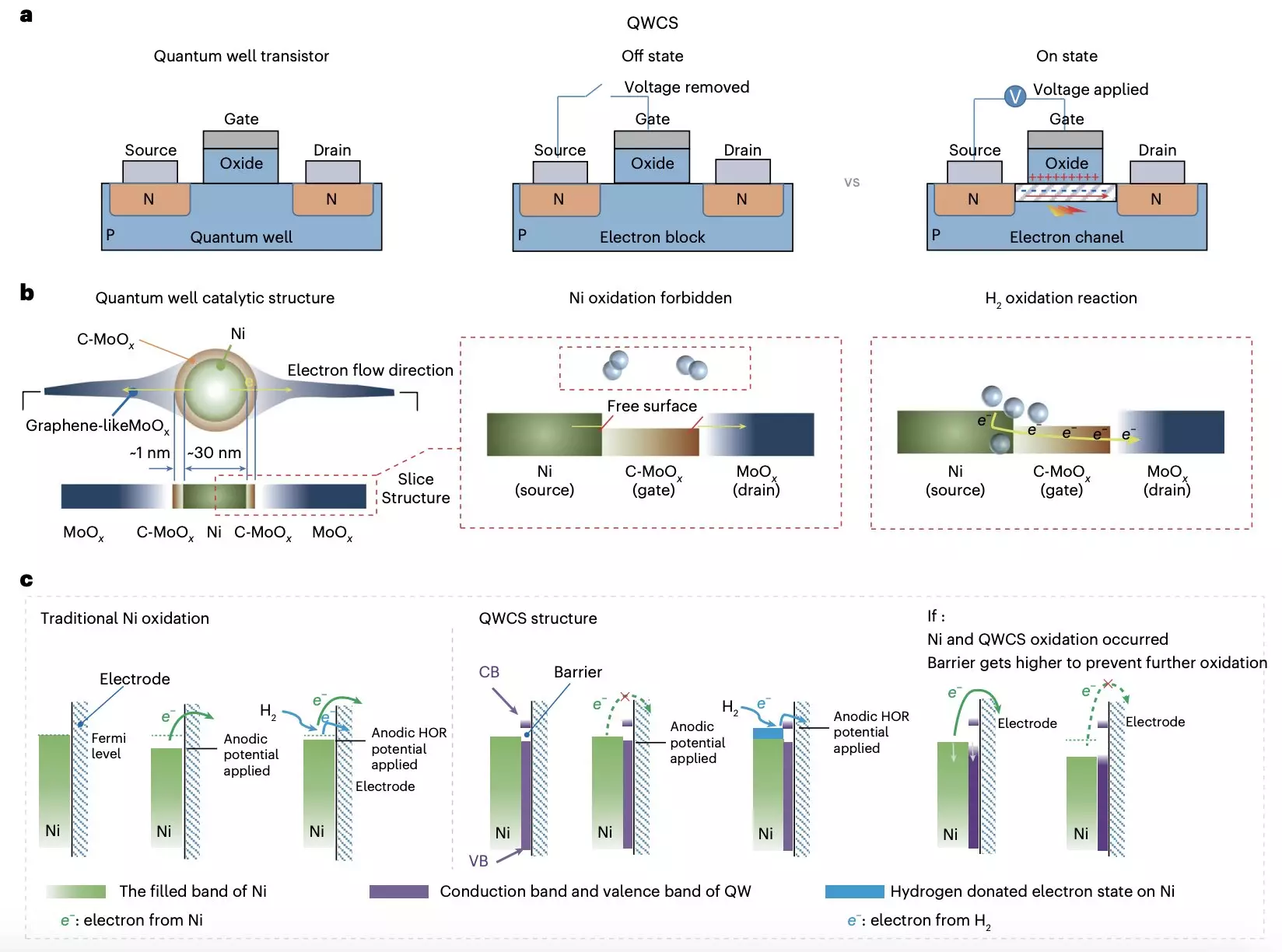Fuel cells have emerged as a promising energy-conversion solution that generates electricity through electrochemical reactions without combustion, thereby reducing air pollution. These cells have the potential to power a wide range of technologies, from electric vehicles to portable chargers and industrial machines. However, many existing fuel cell designs rely on expensive materials and precious metal catalysts, hindering their widespread adoption.
Anion-exchange-membrane fuel cells (AEMFCs) offer a potential solution to the challenges faced by traditional fuel cells. These cells are based on Earth-abundant, low-cost catalysts, making them more affordable and accessible. In recent years, research groups around the world have been actively working on designing and testing new AEMFCs.
While some AEMFCs have shown promising results, many non-precious metal catalysts used in these cells are susceptible to self-oxidation, leading to irreversible failure. This limitation has spurred researchers at Chongqing University and Loughborough University to develop innovative strategies to address this issue.
In a recent paper published in Nature Energy, Yuanyuan Zhou, Wei Yuan, and their team introduced a groundbreaking strategy to prevent the oxidation of metallic nickel electrocatalysts in AEMFCs. They designed a quantum well-like catalytic structure (QWCS) composed of quantum-confined metallic nickel nanoparticles that can selectively transfer external electrons from the hydrogen oxidation reaction while maintaining its metallic properties.
QWCSs are nanostructures with quantum well properties that enhance catalytic activity. The researchers constructed a QWCS consisting of nickel nanoparticles confined within a heterojunction of carbon-doped MoOx and MoOx. This unique catalyst, known as Ni@C-MoOx, effectively prevents electro-oxidation of the nickel catalyst, ensuring the stability and longevity of the fuel cells.
After 100 hours of continuous operation under harsh conditions, the Ni@C-MoOx catalyst demonstrated excellent hydrogen oxidation reaction catalytic stability. This catalyst was used to create an anode-catalyzed alkaline fuel cell, which achieved a high specific power density of 486 mW mgNi-1 without any decline in performance following repeated shutdown-start cycles.
The QWCS-catalyzed AEMFC holds great promise for the development of cost-effective fuel cells that are highly reliable and resistant to degradation over time. The design strategy employed by the research team could pave the way for the creation of other innovative catalysts that leverage quantum confinement to prevent the electro-oxidation of non-precious metals.
The advancements in AEMFC design represent a significant step forward in the quest for sustainable and efficient energy solutions. With further research and development, these fuel cells could revolutionize the way we generate and utilize electricity, leading to a cleaner and more environmentally friendly future.


Leave a Reply
You must be logged in to post a comment.